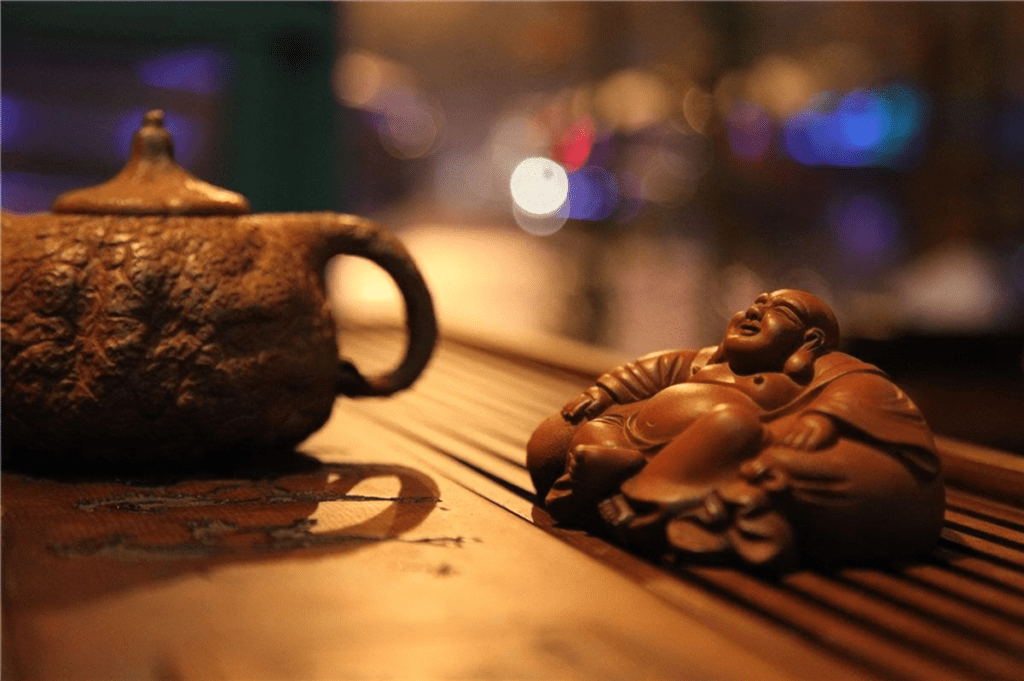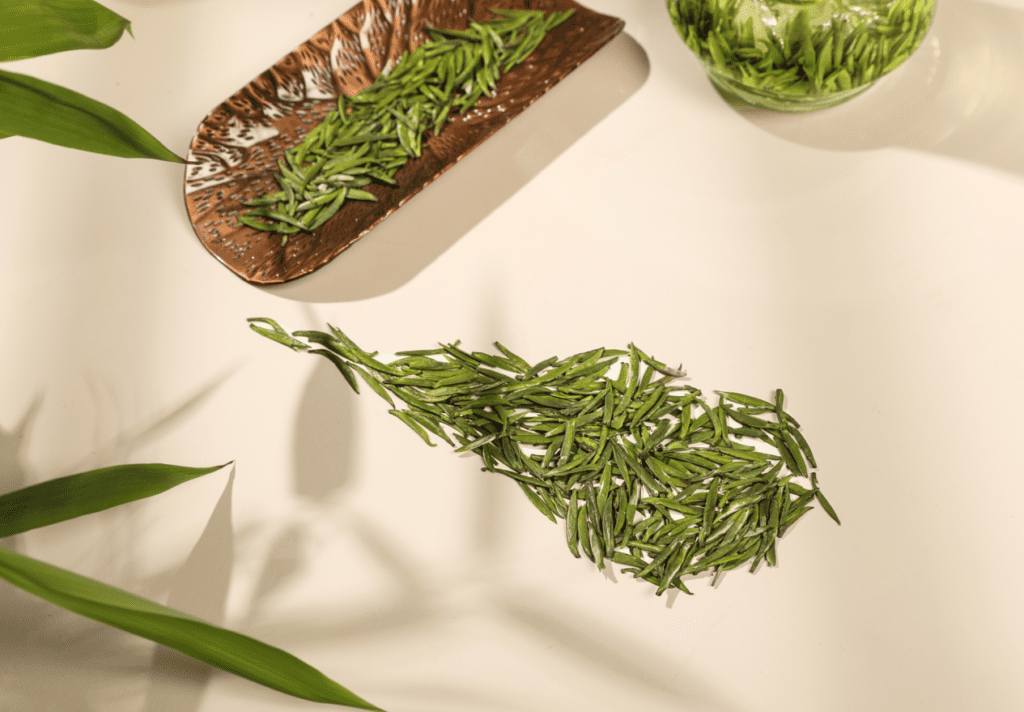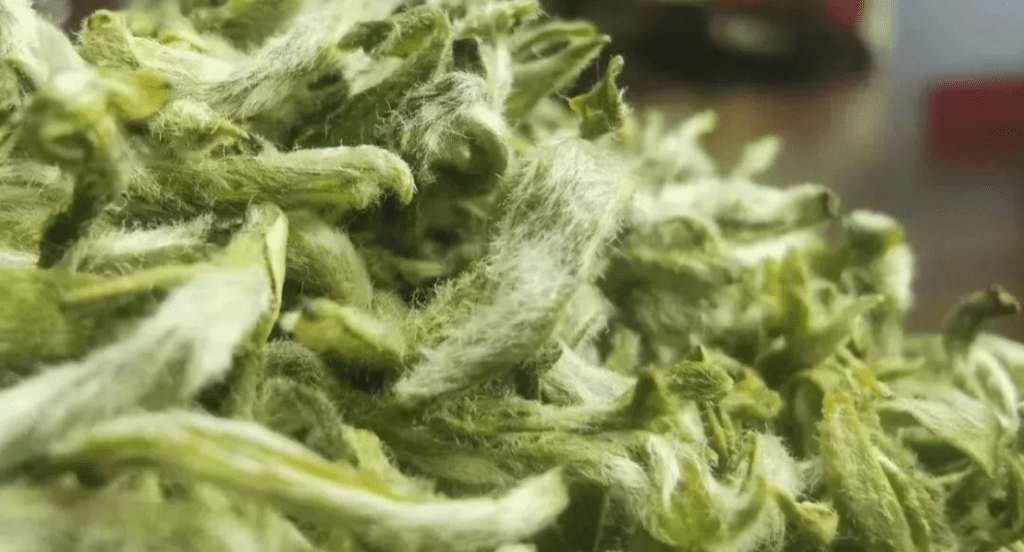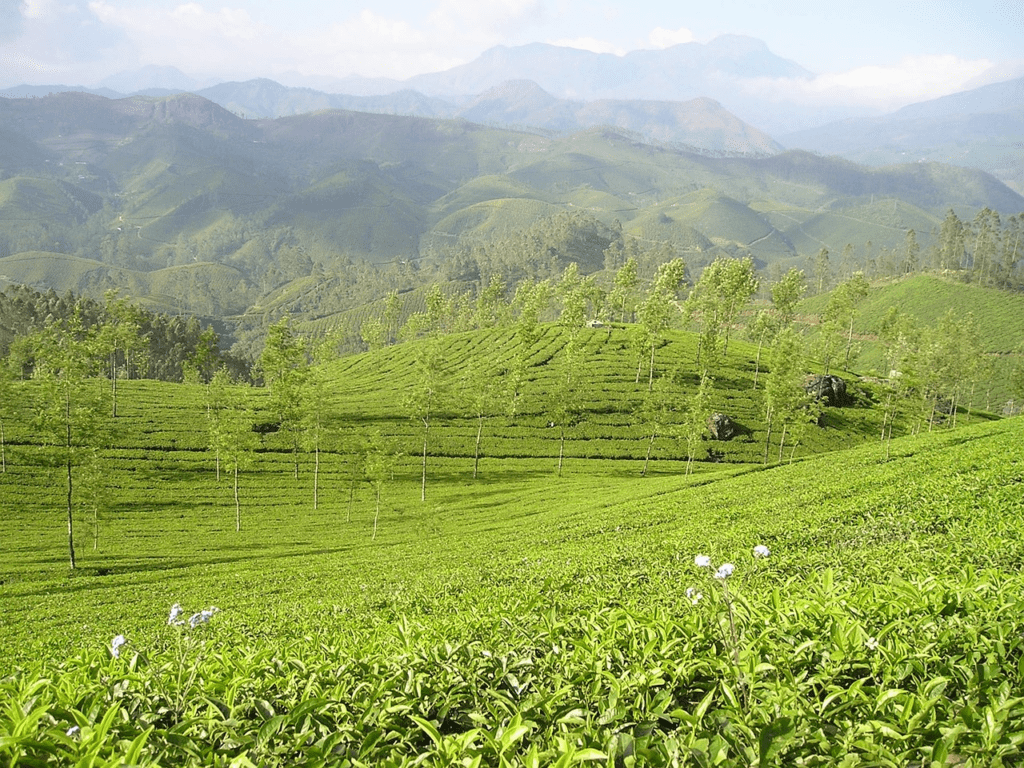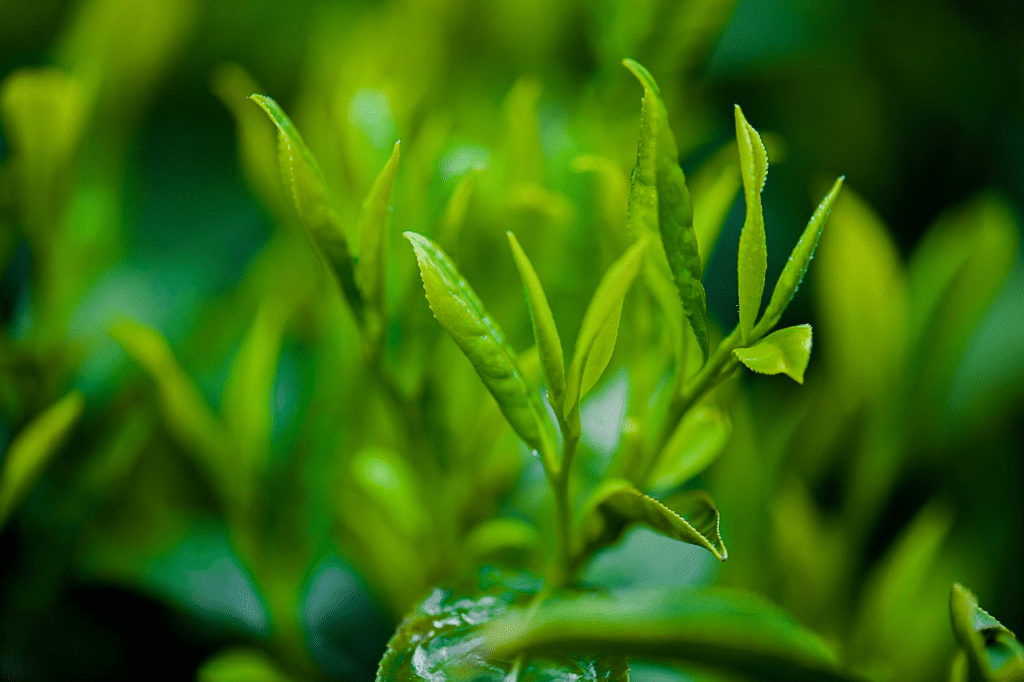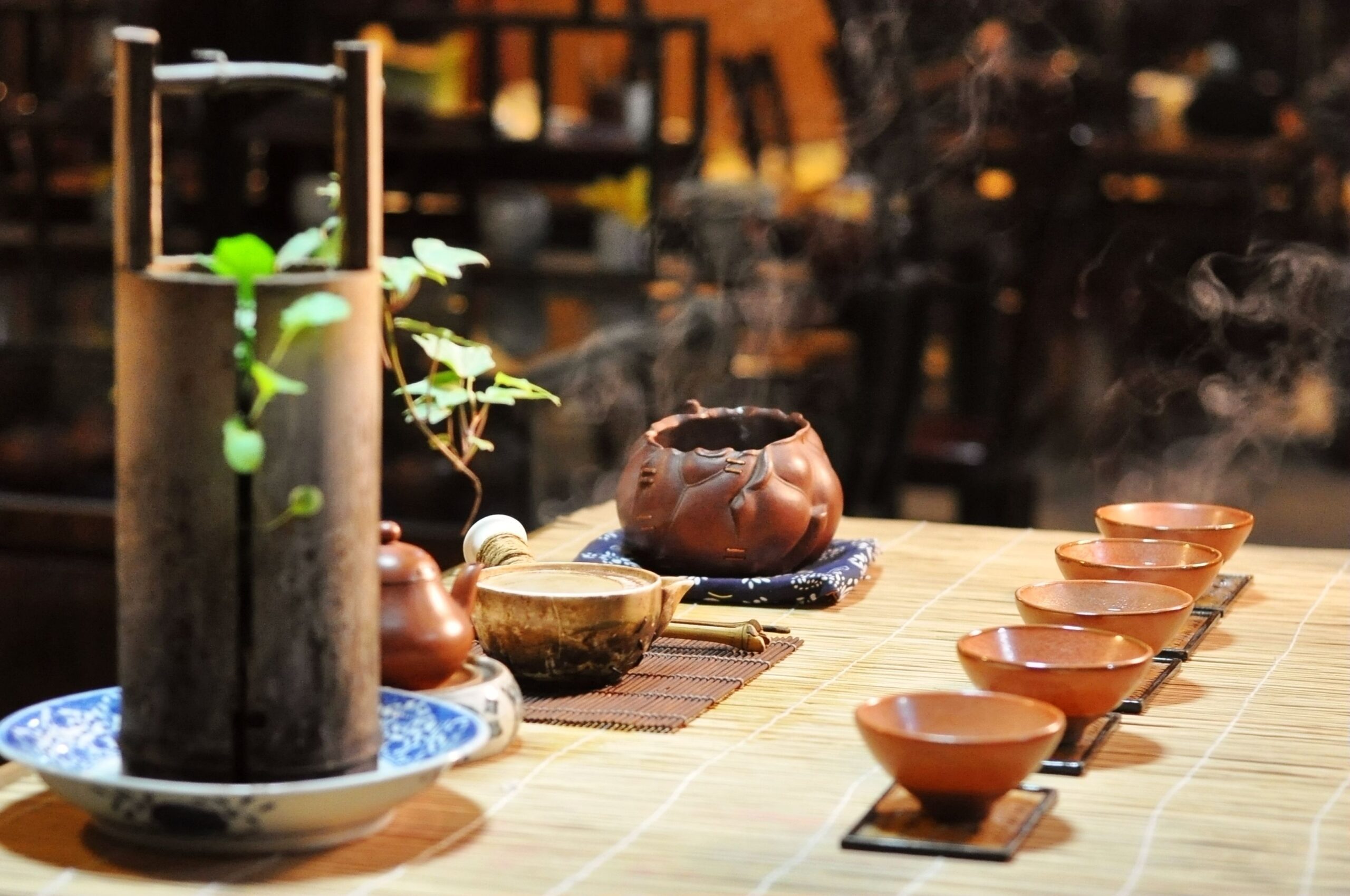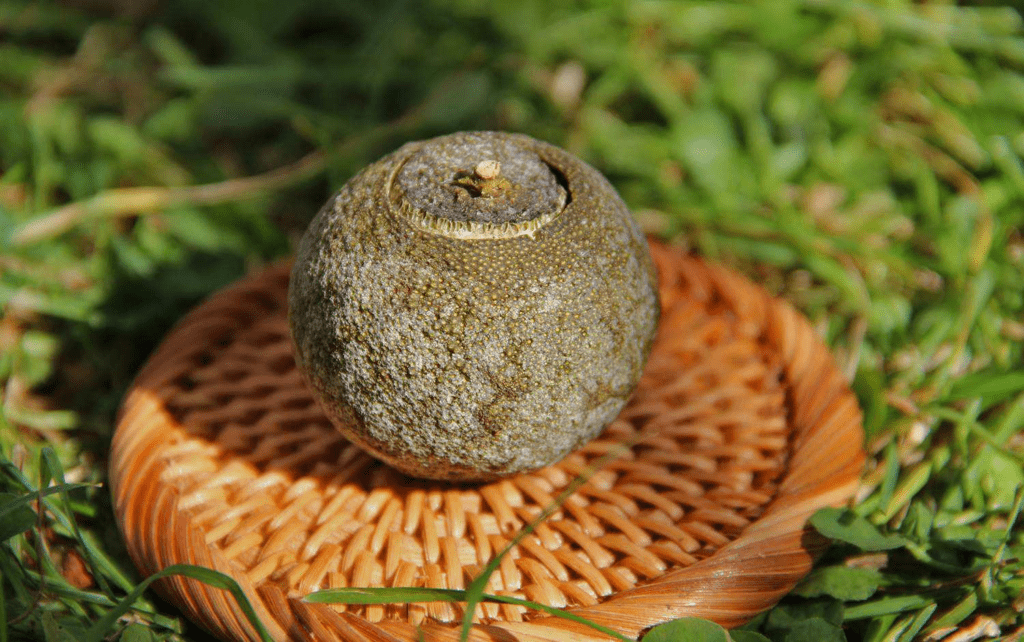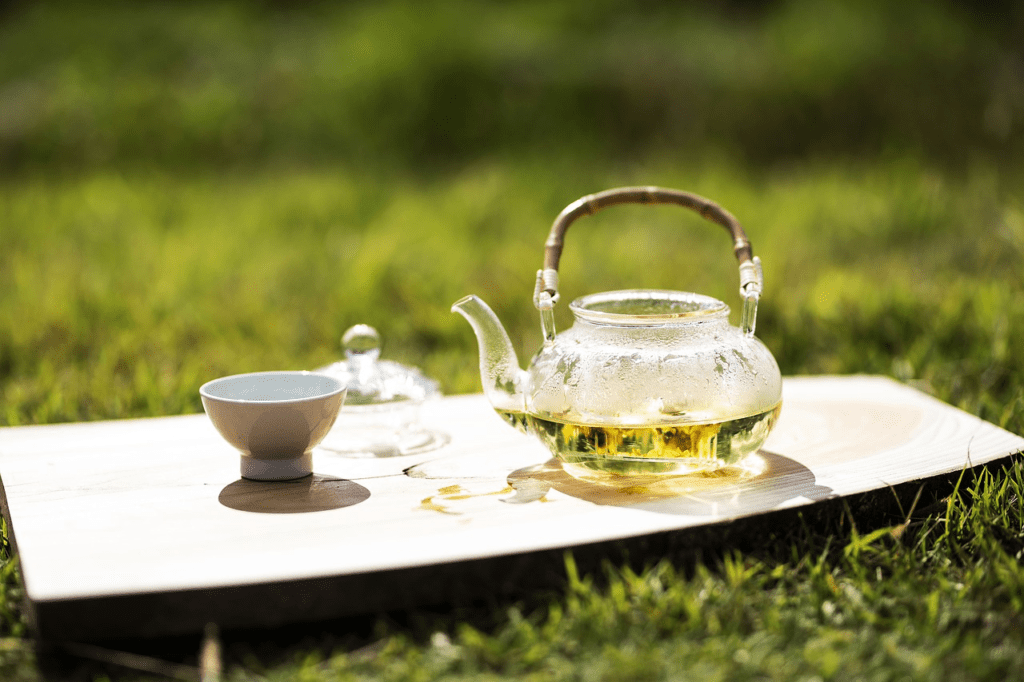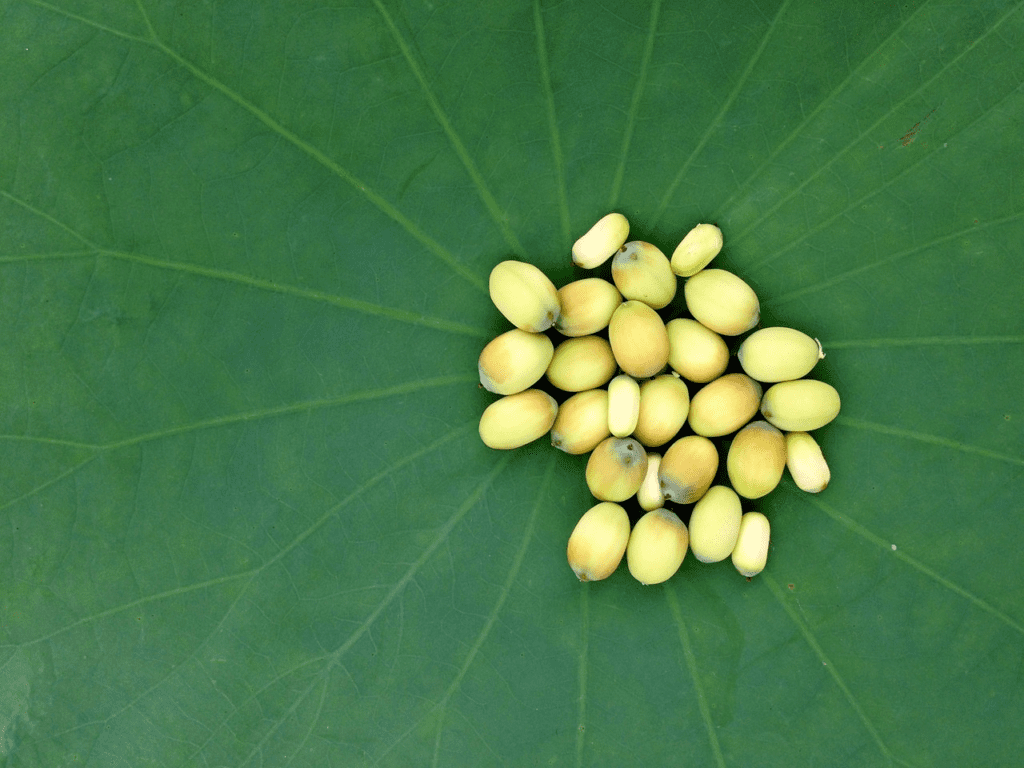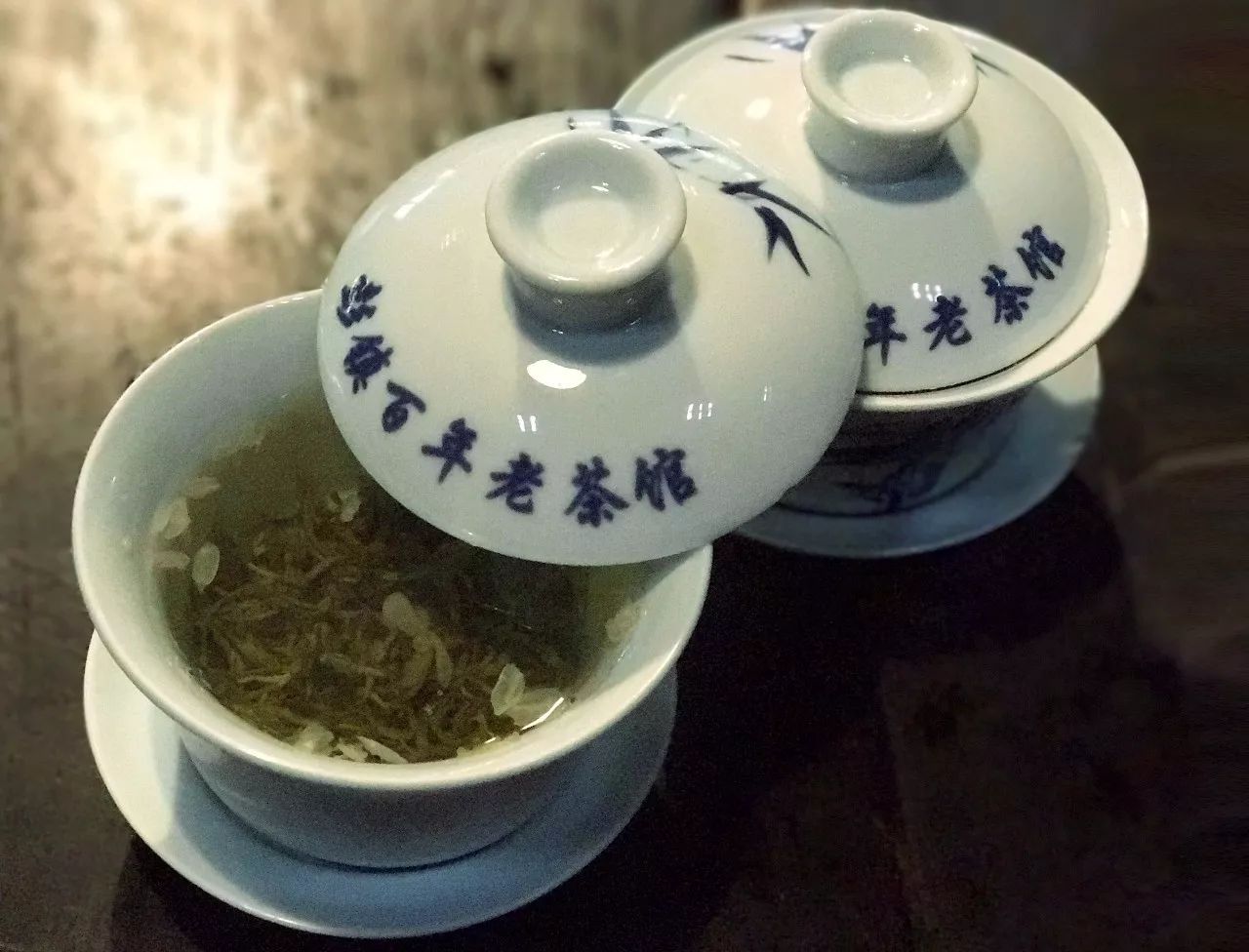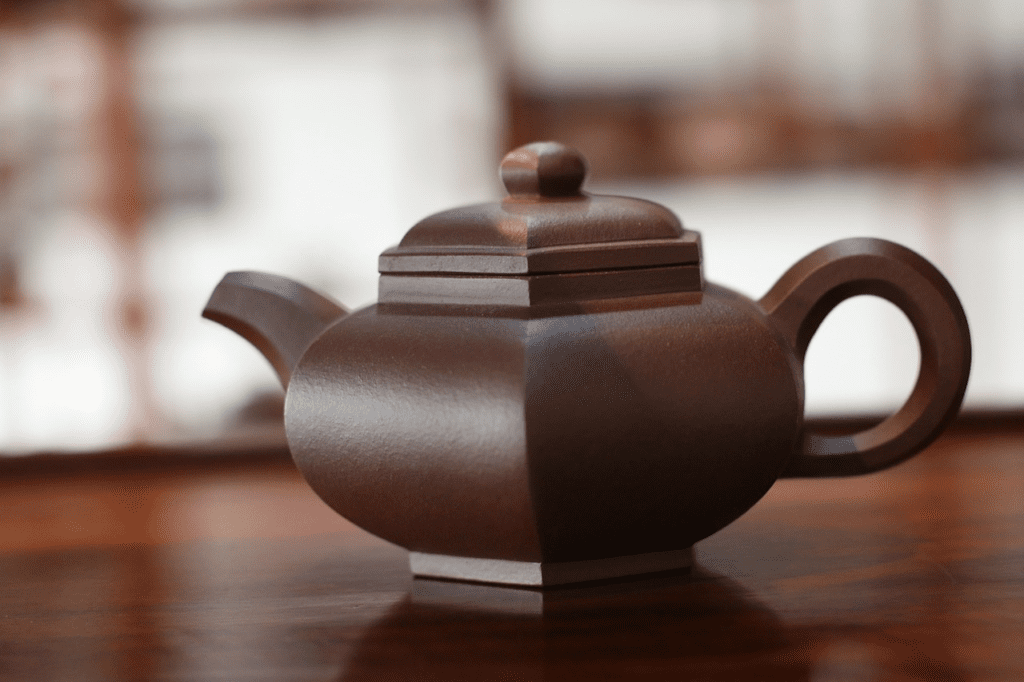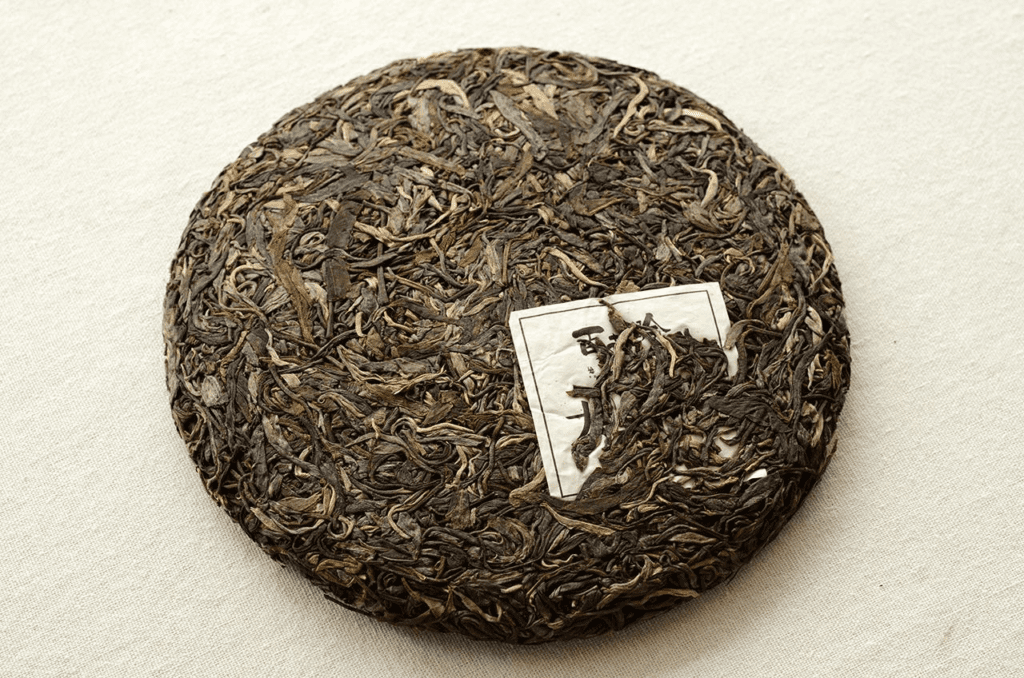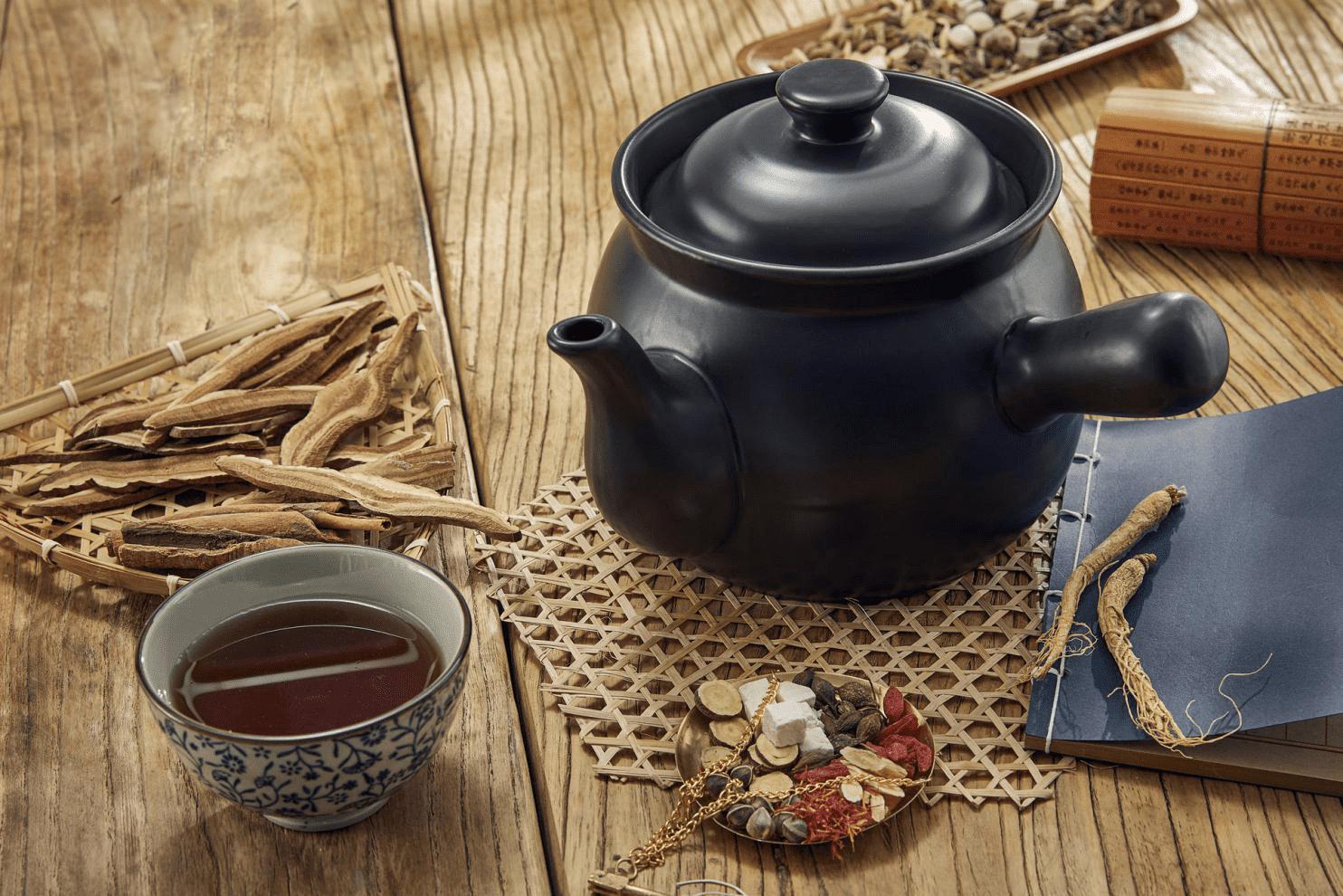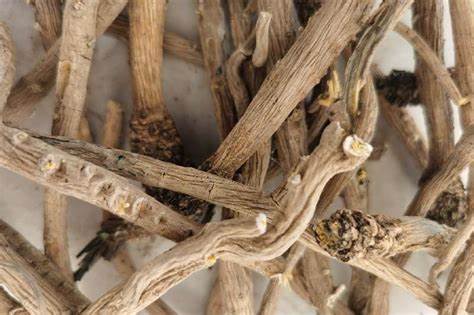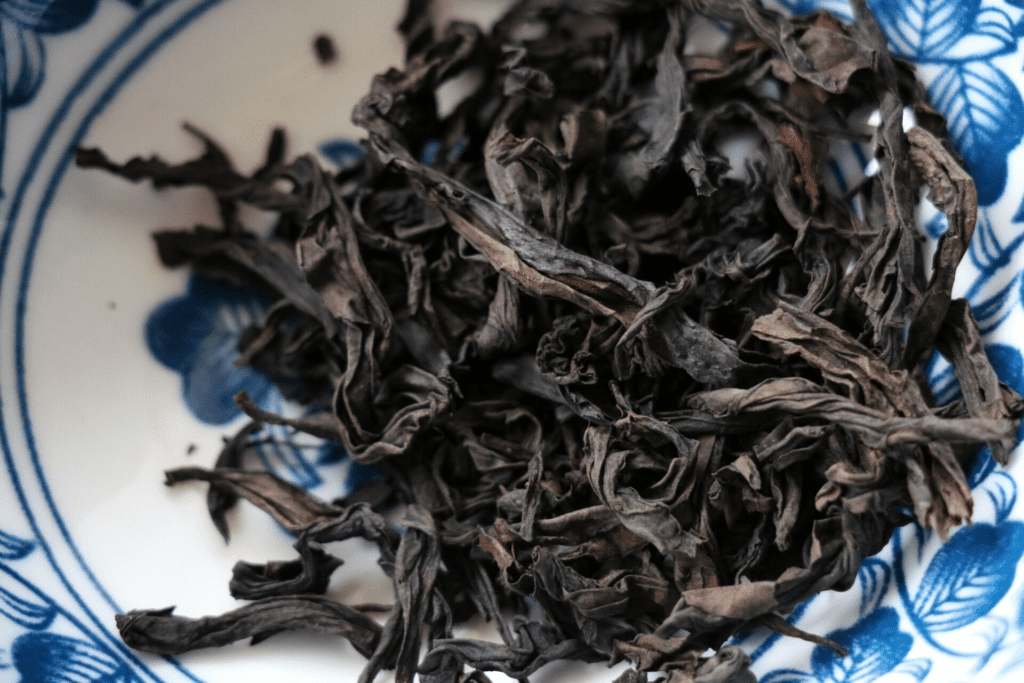Oolong tea, also known as green tea, is named after the reddish color of the edges of the leaves and the greenish color of the center after brewing. As a unique Chinese tea, Oolong tea is not only well known in China, but also popular in the world. So, what kind of tea does Oolong tea belong to? What are its unique effects and types? Let us unravel the mystery of Oolong tea.
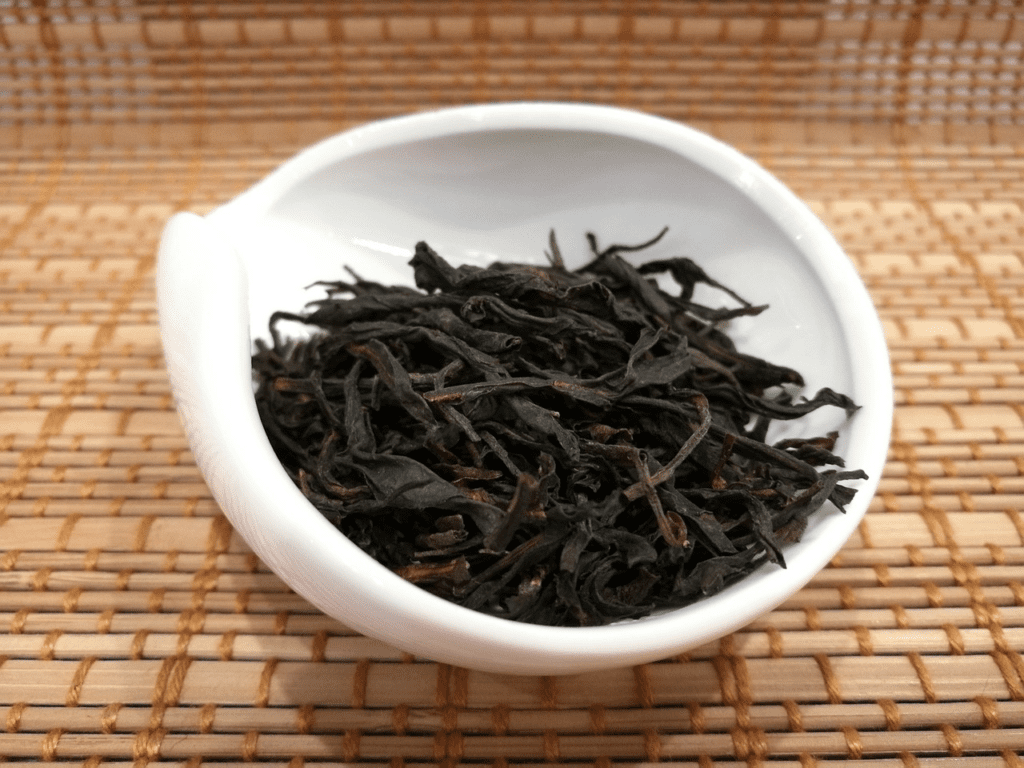
Definition and Classification of Oolong Tea
Oolong tea, also known as green tea, is a semi-fermented tea. Its uniqueness lies in the degree of fermentation between green tea (unfermented) and black tea (fully fermented). The production process of Oolong tea includes plucking, withering, shaking, stir-frying, kneading and baking. Due to the different degree of fermentation, Oolong tea has a distinctive taste, with some being light and fragrant, while others are rich and full-bodied.
Oolong tea is divided into several main categories: Anxi Tieguanyin, Wuyi Rock Tea (e.g. Dahongpao), Guangdong Shanzhi, and Taiwan Alpine Oolong. Each has its own unique flavor and production process. For example, Tieguanyin is known for its unique orchid aroma and sweet taste, while Dahongpao is known for its strong rocky flavor and mellow taste .
Origin of Oolong Tea
The origins of oolong tea can be traced back to China's Fujian Province, where it is said to have been first created by tea farmers in the early 18th century." Southern Fujian is the birthplace of oolong tea, from which it spread to northern Fujian, Guangdong and Taiwan." Since then, Oolong tea has been on its journey, gradually spreading all over the world.
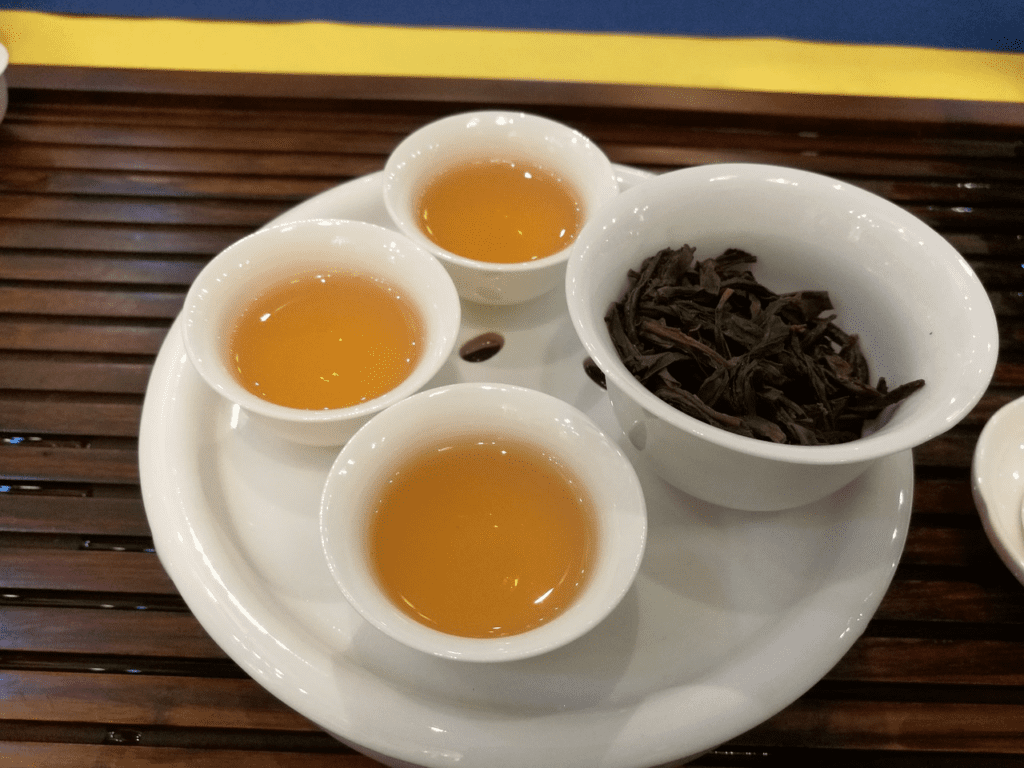
Oolong Tea
Long-term consumption of oolong tea not only provides a pleasant taste experience, but also has a variety of health benefits.
- Beauty and Anti-AgingOolong tea is rich in polyphenols with antioxidant effect, can remove free radicals in the body, delay aging, but also nourish the skin, promote skin cell regeneration, whitening and lightening the effect of spots.
- weight loss and antihypertensive: Oolong tea stimulates the activity of pancreatic lipolytic enzymes and reduces the absorption of sugars and fats. In addition, it accelerates the body's metabolism and promotes fat burning, especially the reduction of abdominal fat.
- Cancer prevention: Tea polyphenols contained in oolong tea have antioxidant, blood pressure lowering and cancer prevention effects. People who regularly drink oolong tea have lower body mass index and fat content than those who do not drink tea.
- bracing: The caffeine in oolong tea stimulates the central nervous system, enhances thinking ability and memory, and helps improve work efficiency.
Oolong Tea Tasting and Precautions
To savor oolong tea, it is recommended to choose quality tea leaves and master the correct brewing method. The temperature of the water used for brewing tea should be controlled between 80℃ and 90℃, so as to maximize the retention of the nutrients and aroma of the tea leaves. In addition, oolong tea is best brewed and consumed now, to avoid the deterioration of tea soup caused by long storage.
When drinking oolong tea, you need to pay attention to the following points:
- Avoid drinking tea on an empty stomachDrinking tea on an empty stomach may cause "tea intoxication", which is characterized by dizziness, palpitations and other symptoms.
- Tea should not be consumed before bedtime: The caffeine in oolong tea may interfere with sleep and it is recommended to avoid drinking it within 2 hours before bedtime.
- No cold tea: Cold tea is cold in nature and may irritate the stomach and cause discomfort.
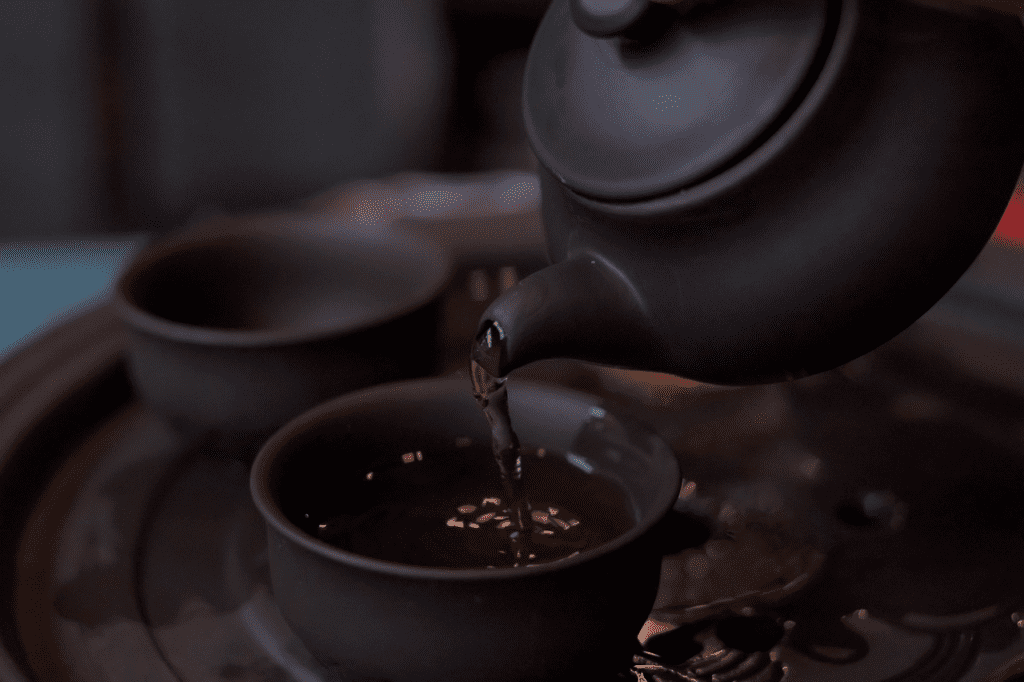
concluding remarks
Oolong tea is not only a beverage, but also a cultural symbol. In China, tea tasting is a way of life to cultivate one's body and mind, and Oolong tea has been given a higher cultural connotation due to its unique aroma and taste. Oolong tea is an indispensable part of any tea tasting, elegant gathering or hospitality.
